Free Forever Payroll
Software For Unlimited Employees
Trusted by 20,000+ companies & 800,000+ Employees
Existing User? Sign In
Trusted by 20,000+ companies & 800,000+ Employees
Existing User? Sign In
It enables you to configure all payroll specifics ahead of salary processing for your employees. Depending on your company’s Payroll regulations, you can add as many salary components as you wish.
When utilizing Kredily’s Payroll System Software for payroll processing, you can seamlessly execute immediate salary transfers to your employees’ bank accounts, all within the same software, eliminating the need for switching.
Payroll management enables you to independently generate payslips after processing payments for your employees.
Kredily’s payroll software includes automatic and integrated compliance features. This software can be used to calculate various taxes, including PF, TDS, ESI, PT, and more
From startups and SMEs to enterprises, our payroll solution is designed to cater to businesses of all sizes. It offers a range of intuitive and feature-packed tools to meet your specific requirements.
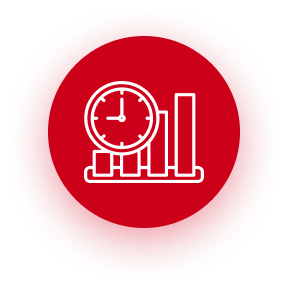
Ensure fair compensation for additional work hours with Kredily's automated system, accurately calculating overtime wages.
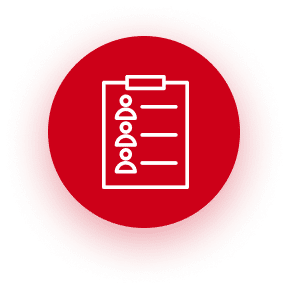
Optimize workforce coordination and productivity by efficiently managing employee schedules and rotational shifts.

Streamline your payroll management by effortlessly downloading and distributing payslips in bulk, saving you time and effort.
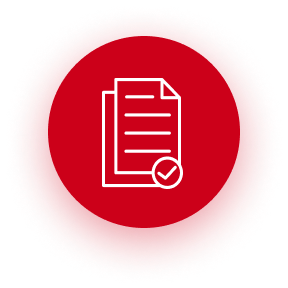
Facilitate Full and Final (FnF) settlements with Kredily, ensuring a seamless employee exit process and a smooth transition.
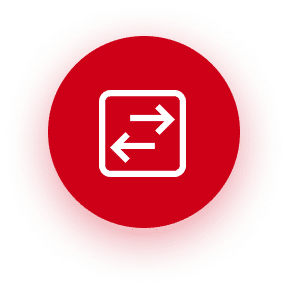
Simplify employee offboarding processes, including documentation, clearances, and exit formalities, to ensure a seamless departure.

Automatically calculate income tax deductions accurately, ensuring compliance with tax regulations and minimizing manual errors.
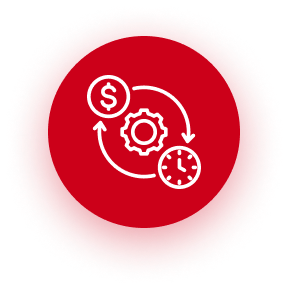
Facilitate flexible compensation by offering employees variable payouts during the mid-month for enhanced financial convenience.
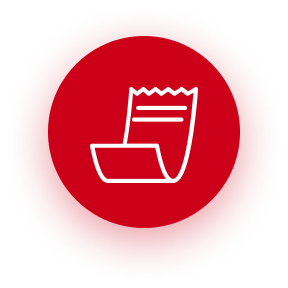
Customize salary structures to align with your organization's unique requirements, encompassing a range of allowances, deductions, and benefits.
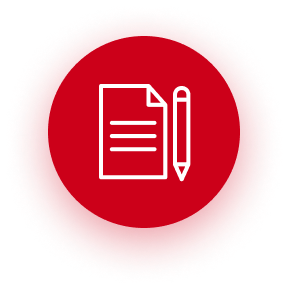
Simplify Form 12BB & Form 16 generation and submission, facilitating accurate reporting of employee investment and tax-saving declarations.
The integration of payroll software has relieved HR departments from the burdens and inaccuracies that were once linked to manual payroll calculations and spreadsheets. This software automates all payroll processing procedures within a cloud-based framework, leading to a more effective and precise payroll system. This not only saves time and resources but also ensures conformity with financial regulations.

Experience prompt support and assistance from our dedicated team, ensuring you get the help you need without any delays.

Our easy-to-use features simplify HR management, reducing complexity and enhancing efficiency.
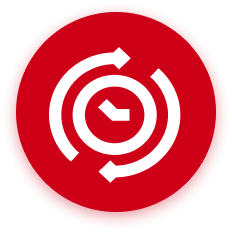
No more delays! We guarantee a swift deployment process, allowing you to promptly start reaping the benefits.
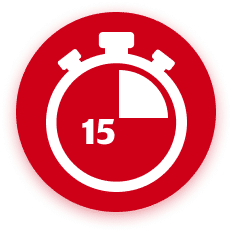
Embark on a swift and trouble-free journey as you activate your account in just 15 minutes. Our streamlined process guarantees a seamless initiation, sparing you any unnecessary delays. Step into a realm of efficiency and convenience, where every moment is optimized for your ease. Join us, and let's make your experience as swift and enjoyable as possible.

Enhance your human resources operations by establishing structured protocols, allowing our software to seamlessly manage the remaining tasks. This will liberate your team to concentrate on high-level strategic initiatives, making the most of your resources and driving forward-looking organizational progress.

Empower your organization's expansion with the implementation of flawless attendance management. Elevate overall productivity, cultivate heightened employee engagement, and foster stronger interpersonal connections within your workforce. Join us on this transformative journey towards a brighter future, and together, we will construct it incrementally, building a stronger, more efficient organization, one meticulously maintained attendance record at a time.
Kredily HRMS provides unbeatable value with the lowest cost per user in the market.


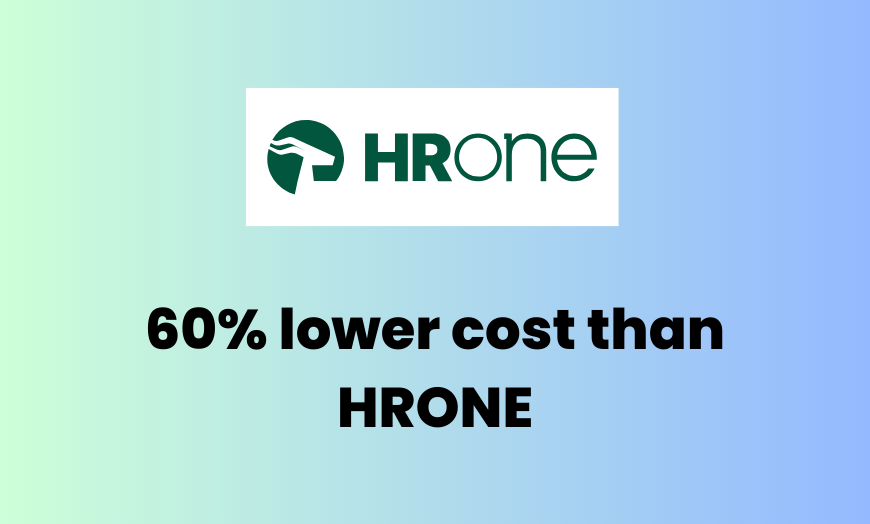
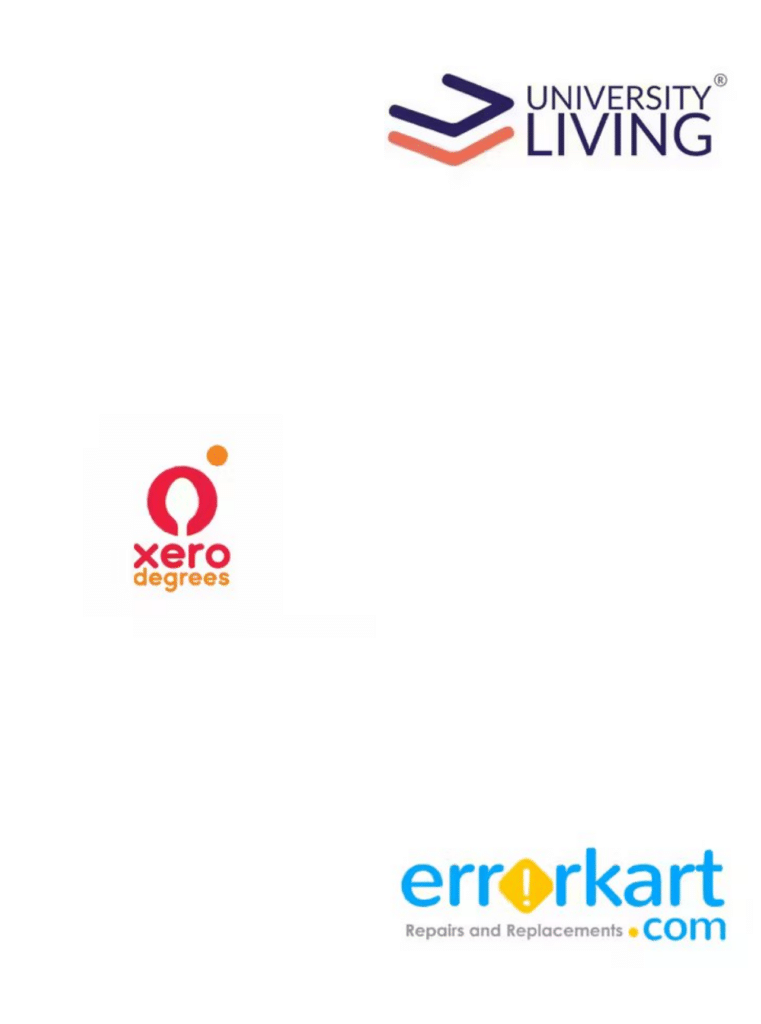
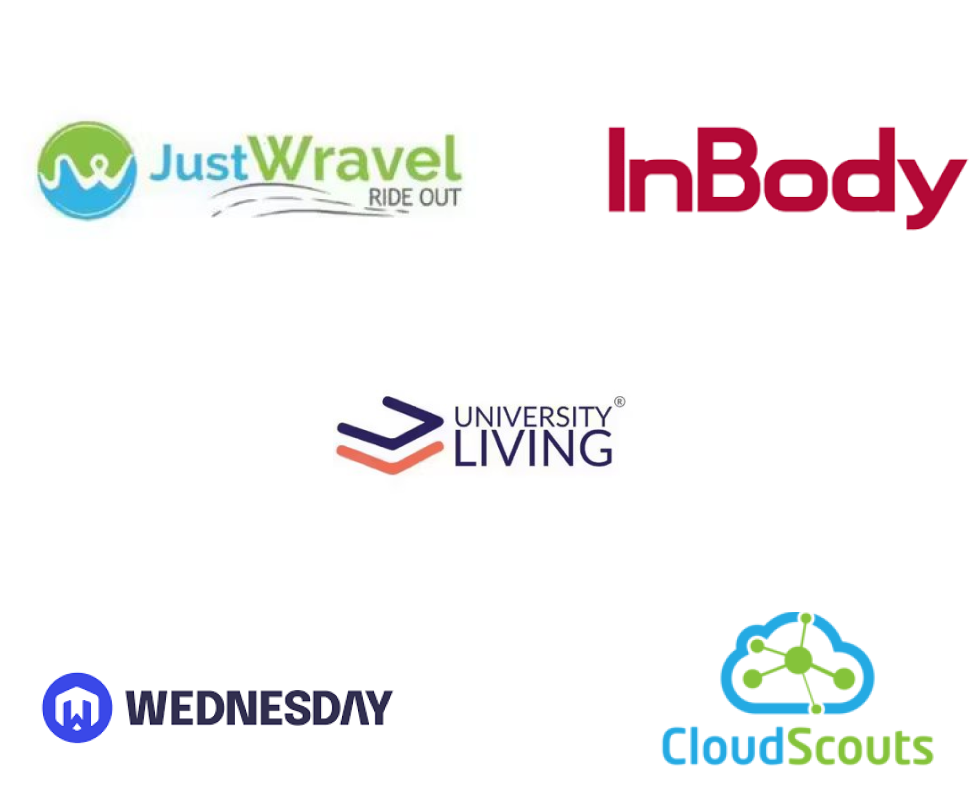
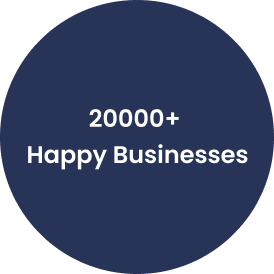

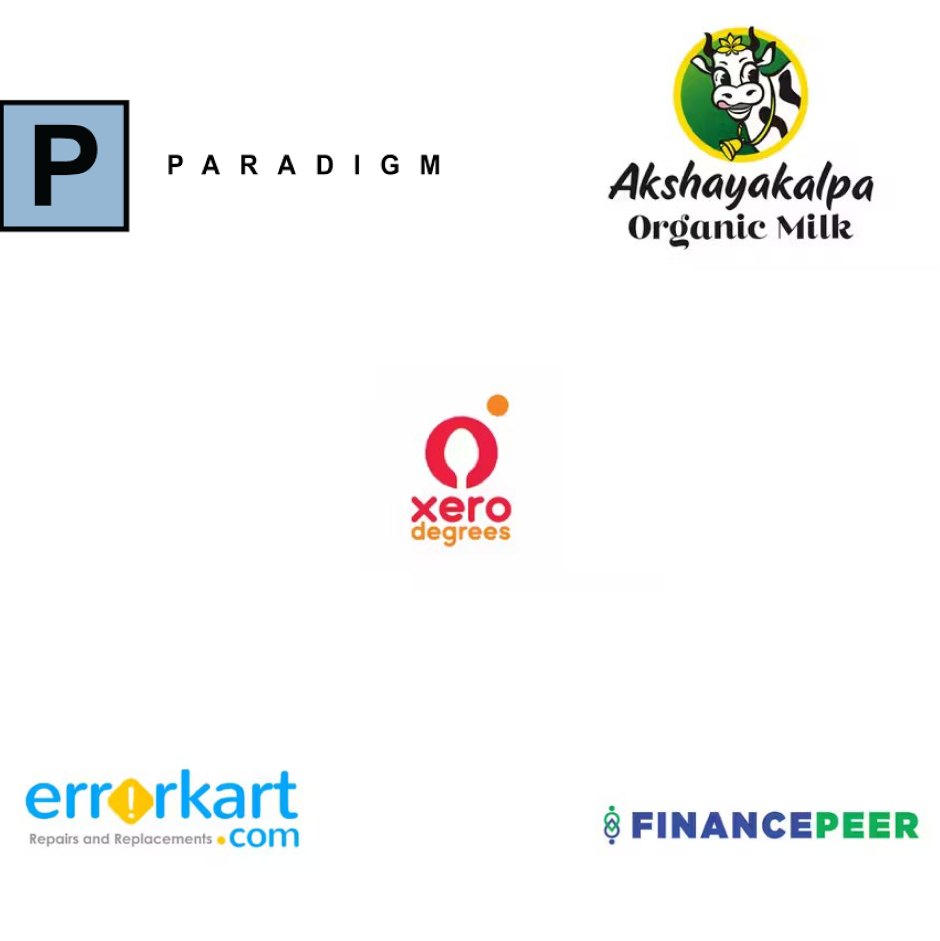
As a expanding non-profit organization, we were in search of an HR solution that could efficiently handle our fundamental HR operations without a significant financial burden. This is where Kredily came to our rescue! Kredily provided us with a Core HR suite completely free of charge. Its straightforward and user-friendly interface is remarkably intuitive and doesn't necessitate any training for implementation. It's quite noteworthy that in India, an HRIS company is offering such valuable services to clients without any cost.
We are highly content and delighted to have discovered Kredily as our HRMS partner. Throughout our collaboration, Kredily has cultivated a deep understanding of our unique vision and workflows, effectively aligning with our operations without causing any disruptions or complications on our end.
I discovered Kredily at precisely the moment when I began exploring HR tools and services for our operations. As a founder of a startup, I found myself dedicating a significant amount of time to manage attendance, leave, and payroll records. Kredily brought a higher level of transparency to our company's HR processes. The setup process was straightforward and well-guided. Personally, I appreciated the comprehensive information provided within the application about HR procedures.
We take immense satisfaction in our partnership with Kredily, which has proven immensely beneficial in streamlining our HRMS operations. For a small NGO such as ours, having access to a comprehensive solution on a single platform for managing employee records and authorization has been invaluable. This support has significantly contributed to our efforts in establishing our organization as an efficient institution.
Streamingo, a startup operating in the field of Artificial Intelligence, shares the common challenge with all bootstrapped startups in seeking a cost-effective HRMS solution. We were pleasantly amazed to discover that Kredily not only provides a user-friendly HRMS solution but also does so at zero cost. Kredily encompasses many of the features typically found in standard HRMS solutions and boasts remarkable simplicity and ease of use.





Yes, Kredily is built keeping small businesses and startups in mind. Even if you don’t have a dedicated HR department, you can still run payroll easily. The software automates salary calculations, generates payslips, and handles compliance like PF, ESI, and TDS. For founders or small teams, this means less time spent on manual work and more focus on running the business.
Yes, you can. Kredily is designed for business owners who want a simple way to manage salaries without a dedicated HR team. Once employee details and salary structures are set, payroll processing takes only a few clicks. The system automatically calculates deductions, generates payslips, and keeps you compliant with Indian labor laws—so even founders can confidently manage payroll themselves.
Payroll used to mean collecting attendance, checking leaves, applying deductions, and generating payslips manually—a task that could take days. Kredily cuts this down to minutes by:
Syncing attendance & leaves automatically
Applying company-defined salary structures
Auto-calculating deductions & compliances like PF, ESI, PT, and TDS
Generating payslips & bank-ready reports instantly
With everything streamlined, payroll that once took days can now be done in under an hour.
Yes, payroll software automates the entire process. Once you enter employee details (salary, benefits, tax details) and define policies, the system automatically:
Pulls attendance and leave data
Applies rules for LOP, overtime, reimbursements
Calculates gross and net pay
Applies statutory deductions as per law
Generates ready-to-use salary slips
So, instead of managing endless spreadsheets, payroll is processed with just a few clicks.
Yes. Kredily is built with SMEs and startups in mind. Even if you don’t have a full HR department, the system handles compliance, salary processing, and payslip generation automatically. It’s simple enough for founders or small teams to manage, yet powerful enough to scale as your company grows.
Absolutely. Not every employee has the same salary breakup, and Kredily allows you to:
Define different salary structures for roles or departments.
Add components like Basic, HRA, Special Allowances, Incentives, Deductions, etc.
Make one-time adjustments for bonuses or deductions.
This flexibility ensures payroll stays personalized while remaining compliant with Indian regulations
Yes, once payroll is processed in Kredily, payslips are automatically generated for all employees without requiring manual intervention. This means HR or founders don’t have to create and send payslips individually, saving a huge amount of time during salary cycles.
Each payslip includes:
Employee details → Name, employee ID, department.
Salary breakdown → Basic, allowances, deductions, incentives, etc.
Compliance deductions → PF, ESI, PT, and TDS.
Net pay → Final salary credited to the employee’s bank account.
Employees can download payslips directly from their self-service portal, ensuring transparency and reducing repetitive queries like “Can you send me my payslip?” This feature is especially useful during audits or loan applications where employees often need official income proof.
Absolutely. One of the biggest advantages of Kredily is that it brings HR, attendance, leave, and payroll under one system.
Here’s how integration works:
Attendance auto-sync → Punch-in and punch-out records are directly linked to payroll, so salaries reflect actual working hours.
Leave deductions → If an employee takes unpaid leaves, the system automatically adjusts the salary. No manual tracking is needed.
Overtime management → Extra working hours can be factored into the salary calculations.
Error prevention → Since everything is automated, there is no scope for mismatched data between attendance and salary.
Security is a top priority for any payroll software, and Kredily follows bank-level security standards to ensure data privacy.
Key measures include:
Data encryption → All sensitive data such as bank details, PAN, and Aadhaar is encrypted to prevent unauthorized access.
Role-based access control → Only authorized HR managers and admins can view or edit payroll data. Employees only see their own information.
Cloud backups → Data is stored securely on cloud servers with regular backups, so you never lose critical payroll records.
Compliance with laws → Kredily complies with Indian data protection norms and financial regulations.
Yes, Kredily is not limited to just monthly salary processing. It is designed to handle complete compensation management.
Reimbursements → Travel, medical, or client expenses can be submitted by employees and processed within payroll.
Incentives → Performance-based bonuses or commissions are automatically added to the salary slip.
One-time payments → Year-end bonuses, joining bonuses, or festival incentives can be entered easily without disturbing the regular salary structure.
Flexibility → Different employees can have different allowances and benefits, customized to their roles.
Yes, Kredily comes with an employee self-service portal that makes salary and tax-related information accessible anytime.
Employees can:
Download payslips → No need to ask HR repeatedly.
View tax deductions → PF, ESI, and TDS deductions are visible in detail.
Access Form 16 → Useful for income tax filing.
Track salary history → Past payments and deductions are available in one place.
This transparency improves employee satisfaction because they feel fully informed about their earnings and deductions. It also saves HR from answering repetitive questions, freeing them to focus on more strategic tasks.
Accuracy from day one → Even if you have only 5 employees, mistakes in PF or TDS calculations can lead to penalties. Payroll software avoids this.
Time-saving → Startups usually don’t have dedicated HR. The founder or finance person can process payroll in minutes instead of hours on Excel.
Professionalism → Automated payslips, compliance reports, and salary transfers make your startup look more structured and credible.
Scalability → As your team grows from 5 to 50, the same system scales with you without extra hassle.
Kredily is different from traditional payroll providers because it was built specifically for Indian SMEs and startups.
Here are some reasons companies prefer Kredily:
Free forever plan → Unlike others that charge per employee, Kredily gives small businesses a cost-free entry point.
Compliance-ready → Handles PF, ESI, PT, and TDS automatically.
Integration → Combines payroll with leave and attendance tracking.
Employee self-service → Reduces HR workload by empowering employees to manage their own payslips and tax docs.
AI-powered automation → Features like Magic Upload process payroll in minutes by reading past data.
In short, Kredily offers enterprise-level features at a price point (often free) designed for small and growing companies.
The cost of payroll software in India can vary widely depending on the vendor and features.
Basic tools → Some charge as little as ₹20–₹50 per employee per month.
Advanced systems → Enterprise payroll solutions can cost ₹500–₹1000 per employee monthly.
Kredily’s advantage → Kredily provides a free forever plan that includes payroll, attendance, and leave management. For companies that want advanced features like AI automation or premium support, affordable upgrade options are available.
👉 This makes Kredily one of the most budget-friendly payroll solutions in India, especially for SMEs that don’t want heavy monthly costs.